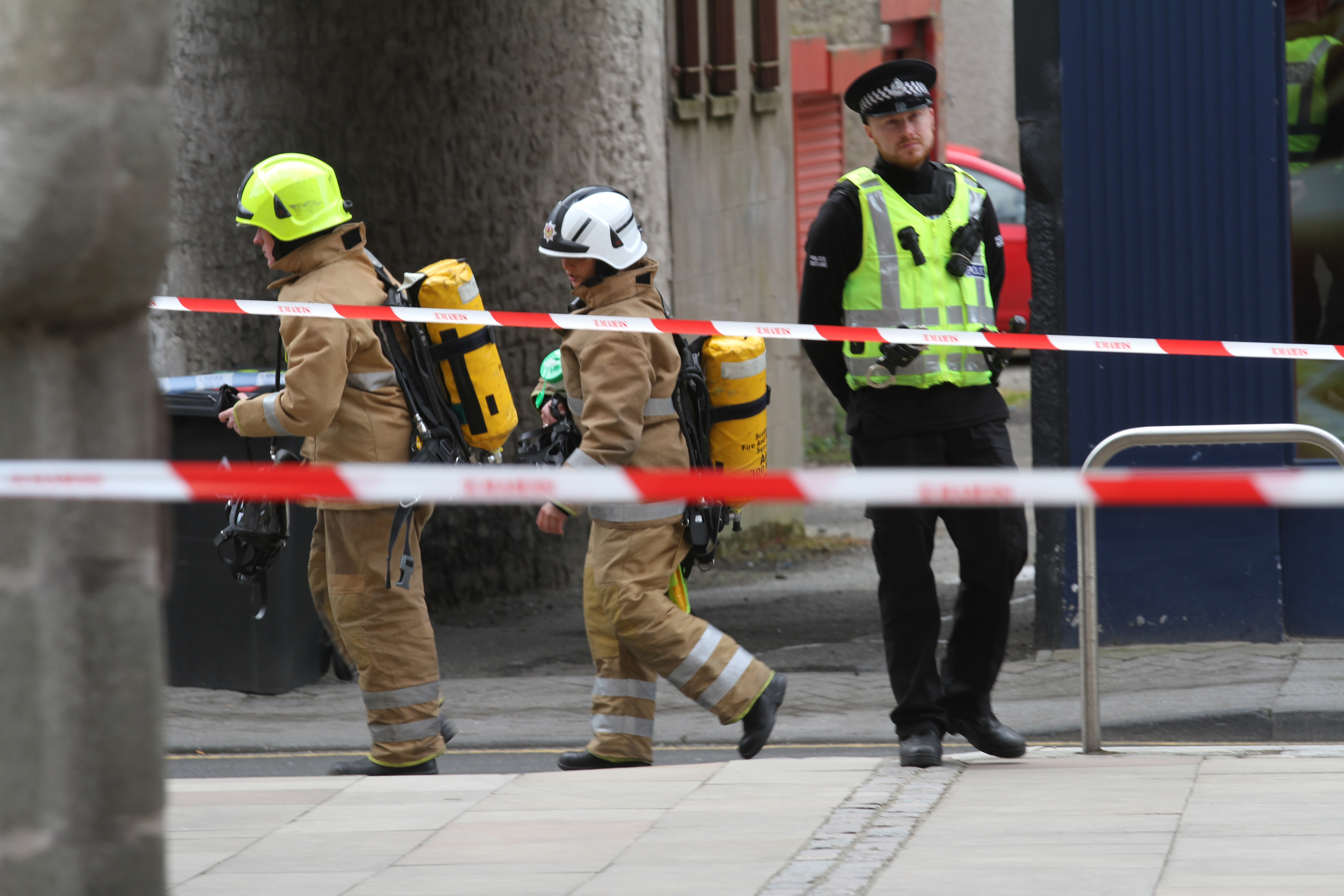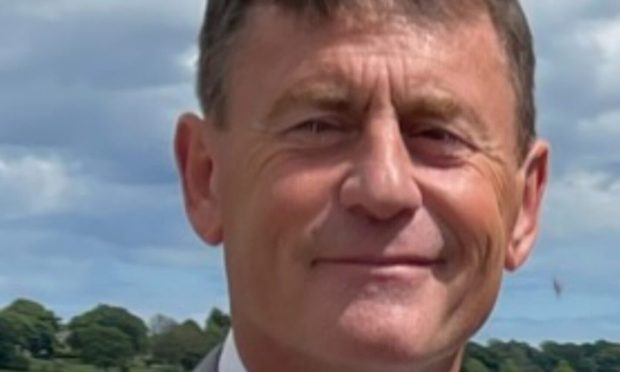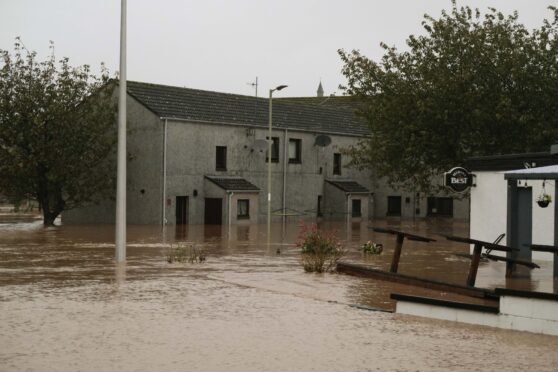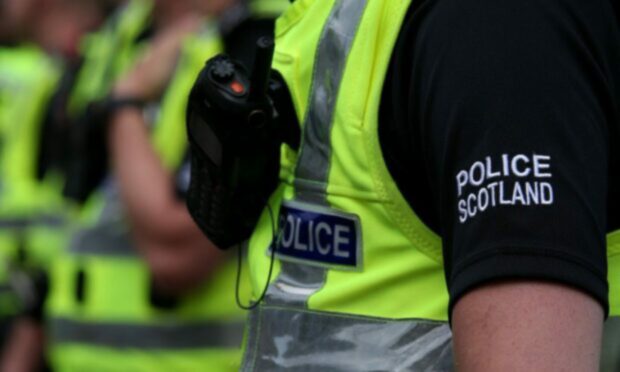A Forfar “anthrax” alert has been highlighted as an example of the type of situation firefighters are increasingly being called to tackle outwith their traditional role.
The town centre was placed in lockdown on on April 26 following the delivery of a politically-motivated letter to the Angus Council municipal buildings.
The incident, just a week after Prime Minister Theresa May called a snap General Election and nine days before locals went to the pools to select a new council, led to a safety cordon being set up around the area and the turnout of specialist officers who used detection, identification and monitoring equipment to confirm that the substance posed no public threat,
Figures for the quarter from April to June revealed that Angus crews attended 78 non-fire emergencies — an increase of almost 70% on the previous quarter and well above the area’s five-year average.
“As we deal with more special services, there is the risk that the number of casualties will rise with this increased demand,” said group manager Roy Dunsire.
There were 22 casualties within the 78 special service incidents, with road crashes accounting for a significant proportion of that figure.
“Of the 20 road traffic collisions we attended during the first quarter, there were a total of 14 casualties involved. Tragically, two were fatally injured.”
The officer also highlighted efforts being made to raise awareness over the scale of what are termed unwanted fire alarm signals (UFAS), which continue to show an increase and involve locations including schools, sheltered housing and care homes.
The quarterly figure topped 100.
“UFAS accounted for 22% of our total operational demand and were the cause of 40% of all false alarms in Angus,” added Mr Dunsire.
“Every UFAS call-out was used as an opportunity to educate the duty holder about the impact UFAS has on their businesses and the service.”










